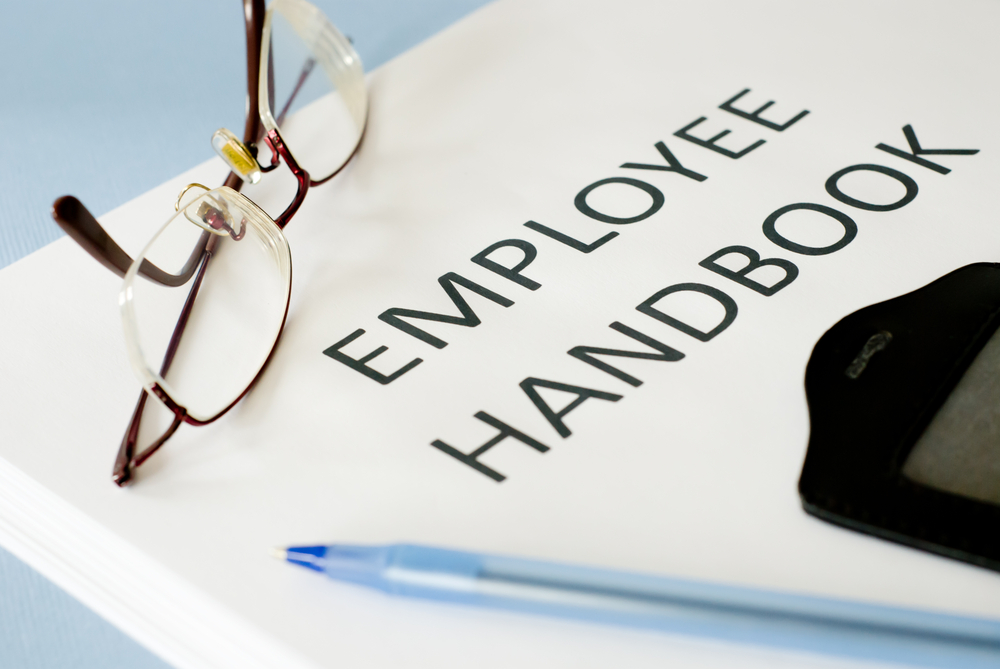What sort of content is relevant to Include in your Company Employee Handbook? Before you develop your company employee handbook, you should take time to ascertain what is central to you as a business. Does it matter to you how your employees appear at work? Do you want them to desist from text or instant messaging while on the job? Do you care if they blog about the organization? If the subject is important to you, and you have expectations for your employees’ behavior, your policy should address it.
Here is an outline of what sections you could include in your company employee handbook.
Company History
While not mandatory, a concise section discussing an organization’s history and its mission can help set the tone for the employee handbook. This section can incorporate the company mission statement, statement or purpose, its customers, marketplace position, etc.
Paid Time-off Policy
This section should spell out the organization’s vacation policy, such as how vacation or leave time is earned, and processes to schedule time off. It should also indicate which holidays the organization observes. Time-off such as sick leave, military spousal leave, family medical leave, etc. should also be addressed.
Employee Behavior
Under this section, you can communicate the attendance policy, rest periods, meal breaks and general expectations of workplace conduct. This can comprise declaring a policy against employee harassment, discrimination, smoking bans, substance abuse policy, use of Internet or e-mail, social media and dress code (where applicable).
Pay and Promotions
Specify your modes of payment and let employees understand whether they will be paid weekly, monthly or as applicable. This is where you can state your overtime policy, delineate work hours, and communicate your pay grade structure so that your employees know where and how they fit in the hierarchy.
Benefits
In this section, you can provide employees with a universal overview of the benefits you offer relating to health care, vision, dental, life insurance, etc. Since your benefits may change regularly you don’t want to be too specific. The policy can state criteria for eligibility and what sort of benefits exist, e.g. marriage, childbirth, etc.
After all the information is gathered into an employee handbook, ensure to scrutinize the document before disseminating it to employees. If possible, consult an attorney in the course of preparing the company employee handbook.
As a Professional Employer Organization, Sullivan Taylor Company empowers managers to outsource organization of finance, HR, representative advantages, and specialists’ remuneration giving our clients more opportunity to focus on running and developing their business. For more about Sullivan Taylor Company or to talk with an agent, get in touch with us today.





